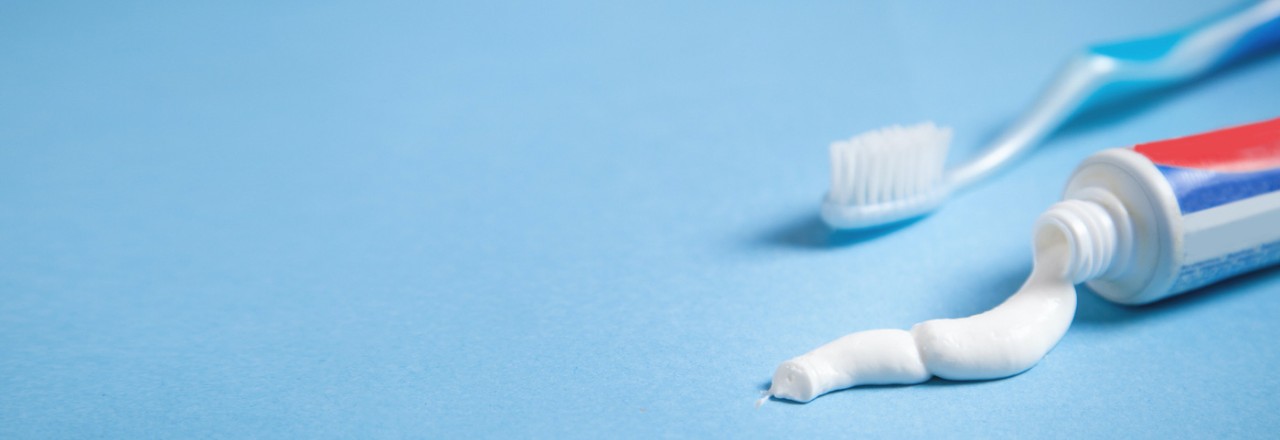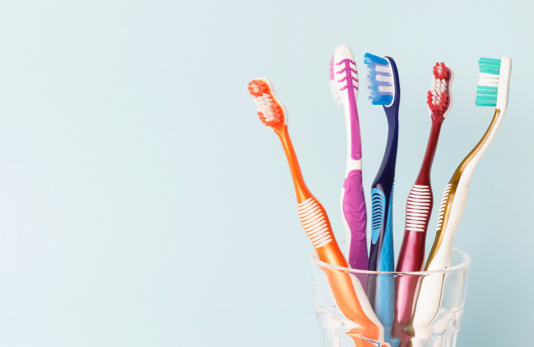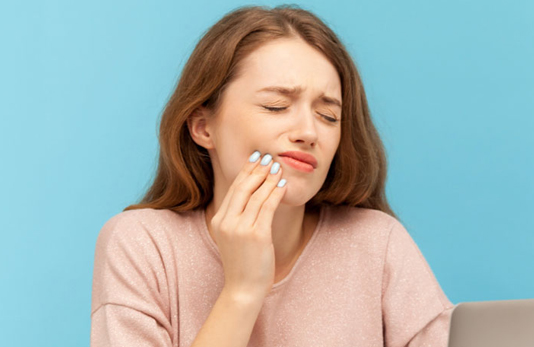7 common myths about toothpaste

You use it every day, but how much do you really know about toothpaste? Get the facts about this dental hygiene essential.
Myth #1: All toothpaste brands use the same ingredients.
Fact: Toothpaste ingredients can differ significantly from brand to brand, and each ingredient performs a different function.
A toothpaste designed for sensitive teeth may contain ingredients that offer relief, while an anti-gingivitis toothpaste works to stop gum infection by attacking oral bacteria. Whitening toothpastes contain polishing or chemical agents to remove surface stains but can contribute to teeth sensitivity.
Some toothpastes include sodium lauryl sulfate, a detergent agent that helps make toothpaste foam. This ingredient has also been linked to canker sores.
If you’re not sure which toothpaste to select, ask your dentist for a recommendation. You can also look for a brand with the American Dental Association’s seal of approval. These toothpastes have been evaluated for safety and effectiveness.
Myth #2: All toothpastes contain fluoride.
Fact: Some toothpastes lack this key ingredient for healthy teeth, so don’t forget to check the label when selecting a toothpaste.
Proven to strengthen enamel and prevent cavities, fluoride is an essential element of any effective toothpaste. Always look for a brand that contains fluoride, which makes your teeth less susceptible to decay.
Myth #3: Toothpaste isn’t necessary after a professional dental cleaning.
Fact: You need both regular cleanings and regular brushing to keep your teeth in tiptop shape.
However, all toothpastes are more effective after a professional dental cleaning. That's because a professional dental cleaning allows the toothpaste ingredients to make contact with a clean tooth surface, which makes brushing more effective.
Myth #4: Toothpaste alternatives, like powders and gels, don't work.
Fact: The form of the toothpaste — such as gel, powder or chewable tablet — doesn’t reduce its effectiveness, as long the brand contains fluoride and you’re pairing it with a toothbrush.
But keep in mind that some powder toothpaste may be too abrasive. Check with your dentist before using toothpaste in a powder form, particularly if you have enamel damage or sensitive teeth.
Myth #5: There's no difference between kids' and adults' toothpaste.
Fact: It’s not just the fun colors and cartoon characters on the packaging. Children’s and adults’ toothpaste does have a key difference: fluoride levels.
Children’s toothpastes typically have lower levels of fluoride than toothpastes targeted at adults. That’s because too much fluoride can cause fluorosis, a condition that can stain, or even affect the formation of, permanent teeth. Fluorosis is typically caused by overexposure to fluoride during the first eight years of a child's life.
To prevent children from developing fluorosis, look for toothpaste specially designed for children. This is particularly important for children under 4. Very young children often swallow toothpaste. They also receive fluoride in sources other than toothpaste, including drinking water, formula and juice.
Don’t forget to supervise your kids while they brush. Encourage toddlers to spit out toothpaste and rinse after brushing, especially if they're using toothpaste with flavoring agents (which young children may decide is edible).
If, at any time, you're considering giving a child toothpaste or any other dental health product (such as mouthwash) that isn't specifically designed for children, be sure to consult your dentist first.

Myth #6: Children shouldn’t use toothpaste until they’re at least 5 years old.
False: You should start adding toothpaste to your child’s dental routine at around age 2. All baby teeth will typically grow in by age 2 and a half. Use a small, soft-bristled toothbrush with a pea-sized amount of fluoride toothpaste to brush your child’s teeth.
And if your child’s physician or dentist recommends it, you can start using toothpaste with fluoride earlier.
Myth #7: How you brush is more important than the toothpaste you use.
Fact: While brushing technique is important, toothpaste also plays a key role in keeping your teeth and gums healthy.
When you use the right toothbrush and brushing technique, you increase your likelihood of removing plaque.
Last updated January 31, 2022
Related articles:
The oral health information on this website is intended for educational purposes only. Always consult a licensed dentist or other qualified health care professional for any questions concerning your oral health.


